
29 Oct A Horsemanship Merit Badge Study Guide
The Horsemanship Merit Badge is one of the Boy Scouts of America’s most hands-on achievements. Scouts learn horse safety, care, maintenance, and riding. At Mountain Creek Riding Stables, we provide a study guide and horseback trail riding experience to help Scouts complete many of the requirements.
Horsemanship Merit Badge Requirements
To earn your Horsemanship Merit Badge, you must complete the requirements specified by the Boy Scouts of America. There are 11 requirements and while we can’t promise you’ll be able to do them in one visit – we’ll do our best to complete the riding requirements.
We’ve created a study guide to help you with the written part of the test. There are four main categories; if you study up on the Safety, Horse Information, and Horse Maintenance – we can focus on the horseback riding part of the test here at Mountain Creek in the Poconos!
Horse Safety Requirements:
Describe the safety precautions you should take when handling and caring for a horse.
The first step in safety is always to wear the appropriate gear! Proper footwear (boots), helmets, gloves (for handling and riding to avoid rope burn), and pants must be worn at all times. Safety doesn’t start in the ring; it begins at the barn door.
Safety means remaining vigilant.
- Close gates immediately after going through.
- Announce your presence and never walk directly behind a horse (they can’t see in front or behind).
- Always use a lead rope — never wrap it around your hand or lead by the halter. Horses are strong and may bolt if spooked.
- Use quick-release clips/knots so you can free a horse quickly if needed.
- Loosen the girth before unsaddling to prevent girth bumps.
- Avoid bathing or giving cold water right after hard exercise in hot weather.
- Check tack fit — poorly fitting equipment can cause accidents for both horse and rider.
Describe the fire safety precautions you should take in a barn and around horses.
No smoking in the barn!
Beyond that, just like any good fire escape plan, you need to know your exits, keep them free from clutter, and practice (This means a fire drill with the horses). Also remember, if you can cover the horse’s eyes it will be less scared as you lead it past danger.
Name four breeds of horses. Explain the special features for which each breed is known.
- Quarter Horse – Mostly known from appearances in western movies, they are stocky, mild-tempered, all-purpose horses, American Breed
- Thoroughbred – Most common racehorse, taller and leaner, high-energy, often anxious, they like to work
- Paint – Western stock (Native American horse), all-around, similar to a quarter horse, easy health and temper
- Belgian – draft horse, used for pulling mainly, taller than most horses, heavier than most horses, feathers on feet, gentle-giant-chickens, considered the strongest horses in the world
Horse Care & Maintenance
Describe the symptoms of colic. Name and describe four other horse health problems.
- Colic (Deadly Tummy Ache) – Horses cannot throw up, so anything that goes in must come out the opposite end. Colic is a blockage (of some sort) in the intestinal tract. Signs of colic are not pooping, no gas, no gut sounds, showing signs of discomfort (pawing, stomping, laying down and rolling excessively, biting at stomach, lethargy). It can be deadly if not caught early.
- Thrush – is a bacterial infection of the sole and frog of the hoof, commonly found in wet conditions, smells bad, makes the frog of the sole soft and/or crack
- Rainrot – is a fungal infection caused by being in elements and an unbalanced PH level. It can occur anywhere on the body but is often on the back. It will appear as scabby/dry/cracked skin and hair can be matted if it has gone a while untreated.
- Choke – This occurs when horses cannot swallow because of poor dental care/tooth degradation from living a long time. Just like in humans, choking will cause suffocation (remember though, horses cannot throw up, so choking is even more dangerous for them.
- Moon Blindness – officially called “equine recurrent uveitis,” it is an inflammation of uveal tract of the eye. It causes blindness, and most horses with it lose their eye. It is excruciating for the horse.
Explain what conformation is and why it is important. Explain the difference between lameness and unsoundness.
Conformation is the way a horse’s bones and musculature are built. If a horse’s conformation is bad, it can affect their gait and ability to perform. In extreme examples, poor conformation can mean a horse cannot be used for certain types of riding.
Lameness is temporary can be caused by any number of things, from wounds to sickness. Unsoundness is permanent, for instance, if a horse is too old and weak to work or is too wild and crazy to be used for riding.
Explain the importance of hoof care and why a horse might need to wear shoes.
Horses wear shoes when extra foot protection is needed. Some horses’ feet are tougher than others, and they may not need them, but if they are in difficult terrain, they may still need shoes. They may also wear shoes to correct conformation or have special shoes for road horses (borium/drill tech) or race horses (which wear light aluminum shoes).
Explain how to determine what and how much to feed a horse and why the amount and kind of feed are changed according to the activity level and the breed of horse.
Horses can be fed:
- Grass
- Hay (cut dried grass for winter)
- Grain (oats, barley, etc.)
Horses that are on grass don’t need grain unless they are old and/or very active, Hay is for grass replacement if you are not able to put your horse on grass because of weather or simply location restraints. Horses must be fed on a routine schedule, and you should choose the amount and feed type based on activity level, breed, and age.
The amount is changed to keep the temperament of the horse in check. Low activity horses and low energy breeds should be fed lower sugar/carbohydrate meals to ensure they do not become “hot”; this term is used when they have an overabundance of energy and become aggressive/rambunctious.
Horseback Riding Skills for Scouts
Grooming a Horse
Scouts must demonstrate how to properly groom a horse, including picking hooves and caring for the horse after a ride.
Don’t worry—we’ll guide you through the full process here at Mountain Creek Riding Stable.
Saddling and Bridling
Scouts must:
- Identify 10 parts of the saddle and bridle and explain how to care for them.
- Bit
- Curb Chain
- Throat Latch
- Nose Band
- Reins
- Halter
- Horn
- Pommel
- Stirrup
- Cantle
- Demonstrate how to properly saddle and bridle a horse.
- Show how to mount and dismount safely.
We’ll guide Scouts through each of these skills during their time at the stable.
Explain and demonstrate how to approach and lead a horse safely from a stall, corral, or field and how to tie the horse securely.
Make sure to approach from the side and front so they can see you. Walk between the head and left shoulder (always on the left!), make sure to be the “leader” at all times (you are walking the horse, not the other way around). Use a halter and lead rope, do not lead by reins if bridled. Once you have the bridle on and the lead rope attached, remain vigilant for potential spook hazards.
Once you reach your destination, make sure to tie them to the post on the fence, not the rail of the fence. They must also be tied to a permanent structure, NOT something they could drag with them if they spook. As well, make sure to use a quick-release clip OR a knot, never tie them by the reins!
On level ground, continuously do the following movements after safely mounting the horse. Do them correctly, at ease, and in harmony with the horse.
- Walk the horse in a straight line for 60 feet.
- Walk the horse in a half-circle of not more than 16 feet in radius.
- Trot or jog the horse in a straight line for 60 feet.
- Trot or jog the horse in a half-circle of not more than 30 feet in radius.
- Halt straight.
- Back up straight four paces.
- Halt and dismount.
If your troop is planning a trip to the Poconos or you’re based near Cresco, PA, Mountain Creek Riding Stable is a great place to complete your Horsemanship Merit Badge. Reach out to schedule your session today!
FAQ’s:
- Can Scouts complete the Horsemanship Merit Badge in one visit?
- It depends on your troop’s schedule and riding experience. At Mountain Creek Riding Stable, we focus on helping Scouts complete the riding requirements while encouraging them to study the written material ahead of time. Most troops complete the badge over multiple sessions.
- What should Scouts wear for the Horsemanship Merit Badge?
- Scouts should wear long pants, boots with a heel, and a properly fitted helmet. Gloves are recommended for handling horses, and clothing should be comfortable but secure—loose items can cause safety issues.
- Do I need horse experience before starting the Horsemanship Merit Badge?
- No prior experience is required. Our instructors at Mountain Creek provide hands-on guidance for grooming, riding, and safety, so Scouts can learn skills at their own pace.
- Where can Scouts earn the Horsemanship Merit Badge in the Poconos or the Cresco, PA area?
- Scouts can complete much of the Horsemanship Merit Badge at Mountain Creek Riding Stable in the Poconos. We provide instruction for the riding skills and can facilitate badge testing with troop leaders.
- How long does it take to earn the Horsemanship Merit Badge?
- The time required varies. Some Scouts may complete the requirements in a weekend if they’ve studied in advance, while others may need several visits. Planning ahead with your troop leader ensures the best experience.



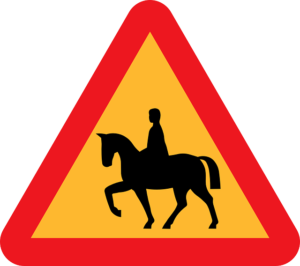
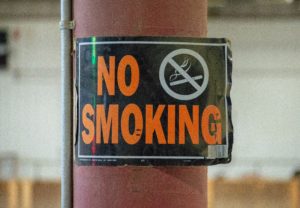
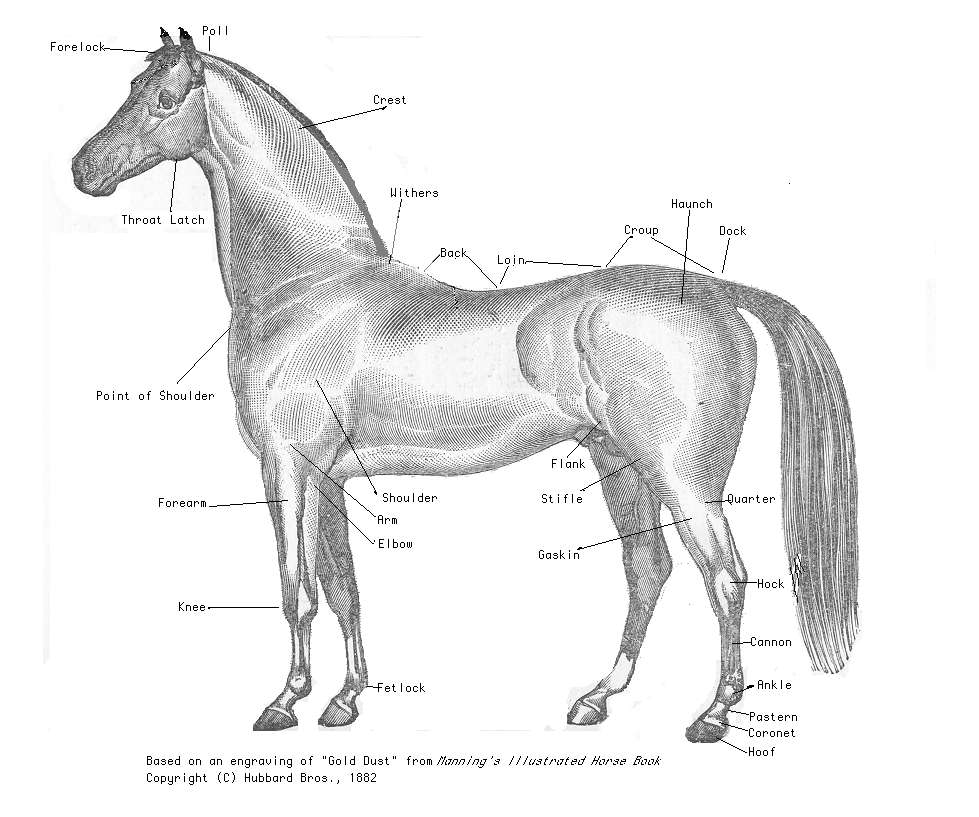
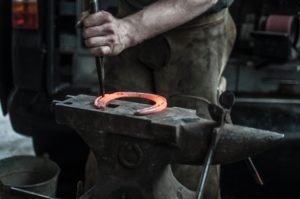
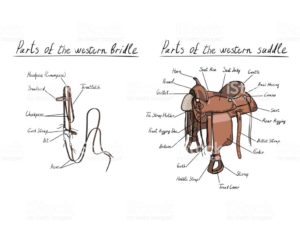
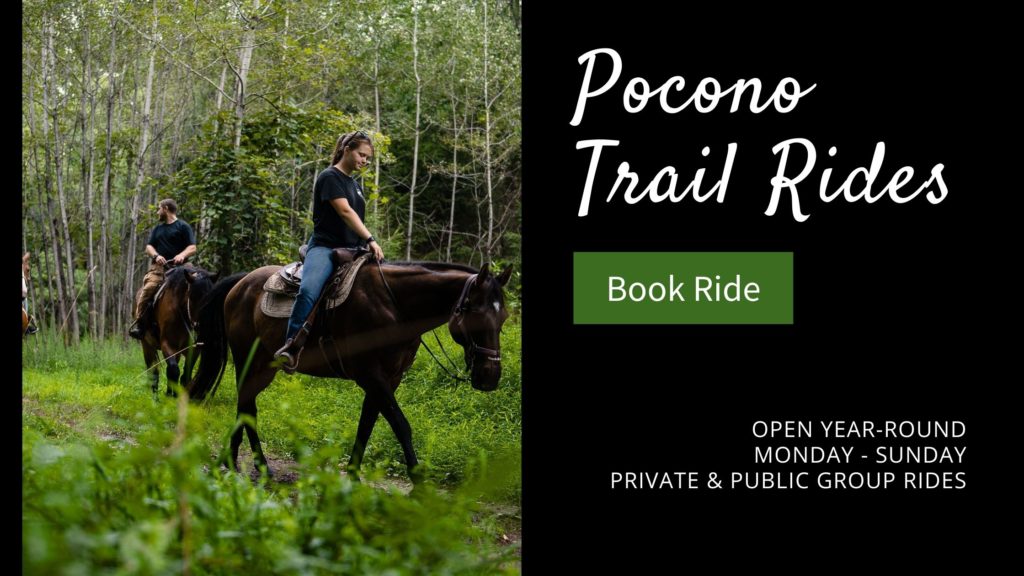
No Comments